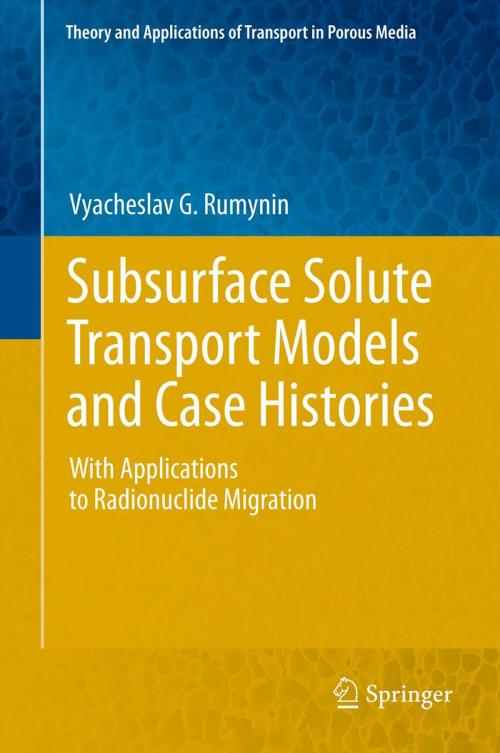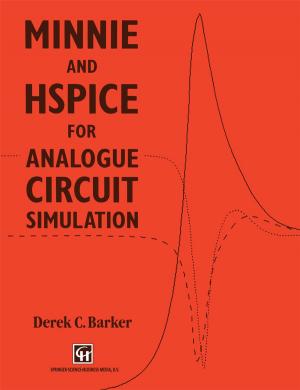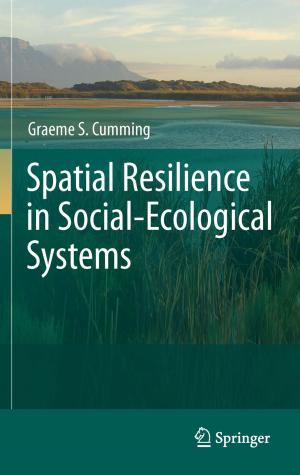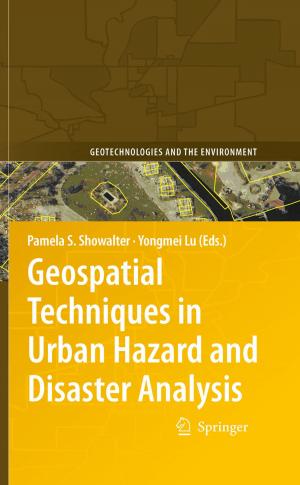Subsurface Solute Transport Models and Case Histories
With Applications to Radionuclide Migration
Nonfiction, Science & Nature, Science, Biological Sciences, Environmental Science, Earth Sciences| Author: | Vyacheslav G. Rumynin | ISBN: | 9789400713062 |
| Publisher: | Springer Netherlands | Publication: | January 14, 2012 |
| Imprint: | Springer | Language: | English |
| Author: | Vyacheslav G. Rumynin |
| ISBN: | 9789400713062 |
| Publisher: | Springer Netherlands |
| Publication: | January 14, 2012 |
| Imprint: | Springer |
| Language: | English |
The book addresses the development of the basic knowledge of the subsurface solute transfer with a particular emphasis on field data collection and analysis coupled with modeling (analytical and numerical) tool application. The relevant theoretical developments are concerned mainly with the formulation and solution of deterministic mass-transport equations for a wide range of engineering issues in groundwater quality assessment and forecasting.
The book gives many computational examples and case studies drawn from the conducted field investigations. The analyzed problems are as follows:
- investigation and prediction of groundwater contamination by industrial contaminants and solutions (radionuclides, chloride and nitrate brine) with special focus on the effect of (a) aquifer heterogeneity, anisotropy, and dual porosity, (b) density contrast existing between industrial waste and groundwater, or in density-stratified artesian and coastal groundwater systems; (c) physicochemical interactions that play a major role in retarding (e.g. adsorption) or enhancing (e.g. interactions between dissolved species and mobile colloids) contaminant transport;
- prediction of the effects of pumping on groundwater quality at wellfields;
- groundwater dating using stable and radioactive isotopes for prediction and assessment of contamination potential;
- field and laboratory tests’ design and analysis, and monitoring data interpretation;
- partitioning of surface and subsurface flows using isotope techniques.
One of the most essential topics addressed in the book is the migration and fate of radionuclides. Model development is motivated by field data analysis from a number of radioactively contaminated sites in the Russian Federation: near-surface radioactive waste disposal sites and deep-well radioactive waste injection sites. They play a unique role in the advancement of knowledge of the subsurface behavior and fate of many hazardous radionuclides and can be considered as field-scale laboratories.
Thus, the book, along with theoretical findings, contains field information, which will facilitate the understanding of subsurface solute transport and the development of a methodology for practical applications to groundwater hydrology.
The book addresses the development of the basic knowledge of the subsurface solute transfer with a particular emphasis on field data collection and analysis coupled with modeling (analytical and numerical) tool application. The relevant theoretical developments are concerned mainly with the formulation and solution of deterministic mass-transport equations for a wide range of engineering issues in groundwater quality assessment and forecasting.
The book gives many computational examples and case studies drawn from the conducted field investigations. The analyzed problems are as follows:
- investigation and prediction of groundwater contamination by industrial contaminants and solutions (radionuclides, chloride and nitrate brine) with special focus on the effect of (a) aquifer heterogeneity, anisotropy, and dual porosity, (b) density contrast existing between industrial waste and groundwater, or in density-stratified artesian and coastal groundwater systems; (c) physicochemical interactions that play a major role in retarding (e.g. adsorption) or enhancing (e.g. interactions between dissolved species and mobile colloids) contaminant transport;
- prediction of the effects of pumping on groundwater quality at wellfields;
- groundwater dating using stable and radioactive isotopes for prediction and assessment of contamination potential;
- field and laboratory tests’ design and analysis, and monitoring data interpretation;
- partitioning of surface and subsurface flows using isotope techniques.
One of the most essential topics addressed in the book is the migration and fate of radionuclides. Model development is motivated by field data analysis from a number of radioactively contaminated sites in the Russian Federation: near-surface radioactive waste disposal sites and deep-well radioactive waste injection sites. They play a unique role in the advancement of knowledge of the subsurface behavior and fate of many hazardous radionuclides and can be considered as field-scale laboratories.
Thus, the book, along with theoretical findings, contains field information, which will facilitate the understanding of subsurface solute transport and the development of a methodology for practical applications to groundwater hydrology.















